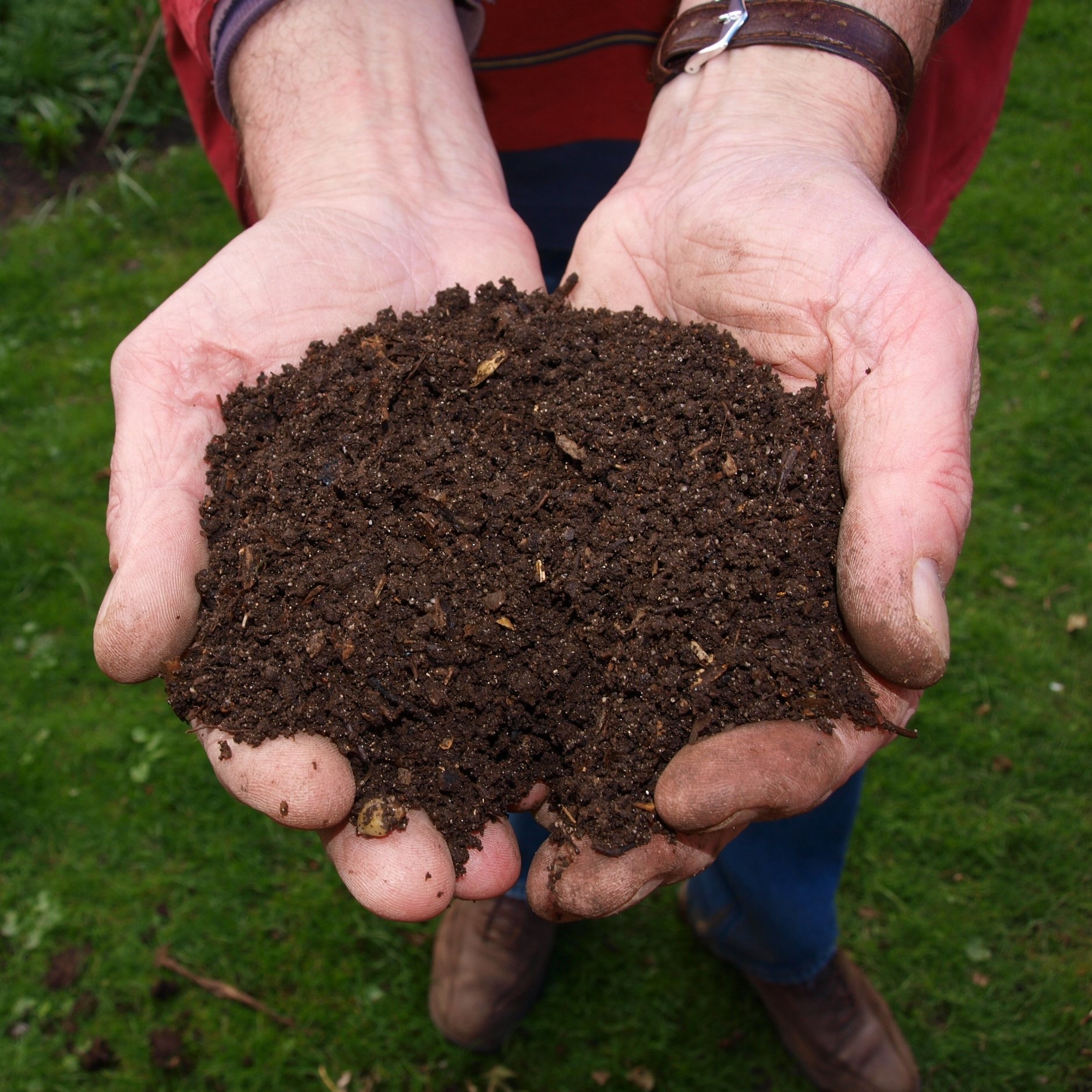016 Compost Basics
via PxHere
Compost is one of the essential skills that all gardeners should add to their tool belt. While composting is pretty easy, there are some things to consider that will give you an optimal result. Let’s go green with our browns and wet our plants!
All composting requires four basic ingredients:
Browns - This includes materials such as dead leaves, branches, and twigs.
Greens - This includes materials such as grass clippings, vegetable waste, fruit scraps, and coffee grounds.
Water - Having the right amount of water, greens, and browns is important for compost development.
Air - Good airflow is essential for the aerobic bacteria that help break down the browns and greens into beautiful, black compost.
Your compost pile should have an amount of browns to greens in a ratio of approximately 25:1. You should also alternate layers of organic materials of different-sized particles. The brown materials provide carbon for your compost, the green materials provide nitrogen, and the water provides moisture to help break down the organic matter.
What To Compost
The Ingredients: Greens, Browns, Water, and Air
Fruits and vegetables
Eggshells
Coffee grounds and filters
Tea bags
Nut shells
Shredded newspaper
Cardboard
Paper
Yard trimmings
Grass clippings
Houseplants
Hay and straw
Leaves
Sawdust
Wood chips
Cotton and Wool Rags
Garden Weeds (without seeds)
Fireplace ashes
What NOT to Compost
A Pallet Compost Bin (via PxHere)
Black walnut tree leaves or twigs
- Releases substances that might be harmful to plants
Coal or charcoal ash
- Might contain substances harmful to plantsDairy products (e.g., butter, milk, sour cream, yogurt) and eggs*
- Create odor problems and attract pests such as rodents and fliesDiseased or insect-ridden plants
- Diseases or insects might survive and be transferred back to other plantsFats, grease, lard, or oils*
- Create odor problems and attract pests such as rodents and fliesMeat or fish bones and scraps*
- Create odor problems and attract pests such as rodents and fliesPet wastes (e.g., dog or cat feces, soiled cat litter)*
- Might contain parasites, bacteria, germs, pathogens, and viruses harmful to humansYard trimmings treated with chemical pesticides
- Might kill beneficial composting organisms
Scott’s Miracle-Gro R&D
Above is a small part of the Scott’s Miracle Grow R&D facility. In the foreground (the grassy squares) is their “W.E.T.” Lab where they test Water Efficient Technologies for lawn irrigation. The two roofs behind that are their rainfall exclusion / drought shelters. Those two roofs roll on massive tracks to cover specific areas when it rains. That way they can control the amount of rain falling on the test areas. Between those in the background is their research greenhouses and insectary (a place where insects are kept and studied).
Some Images (noted above) via Pxhere









